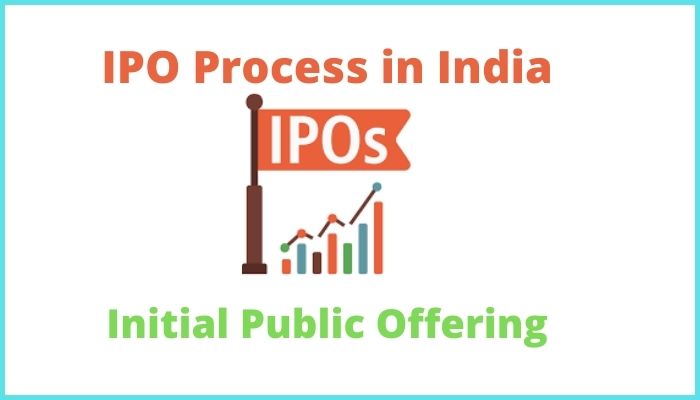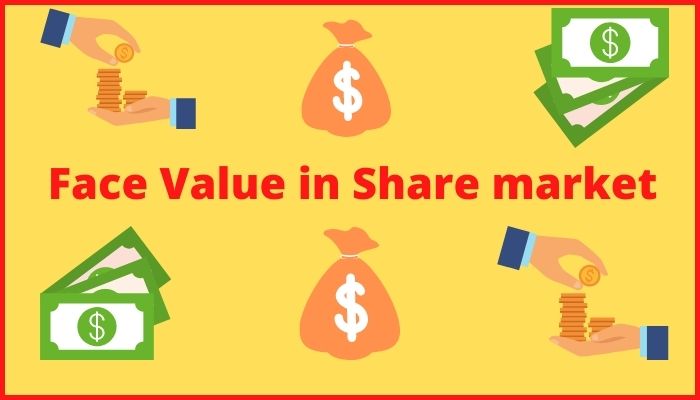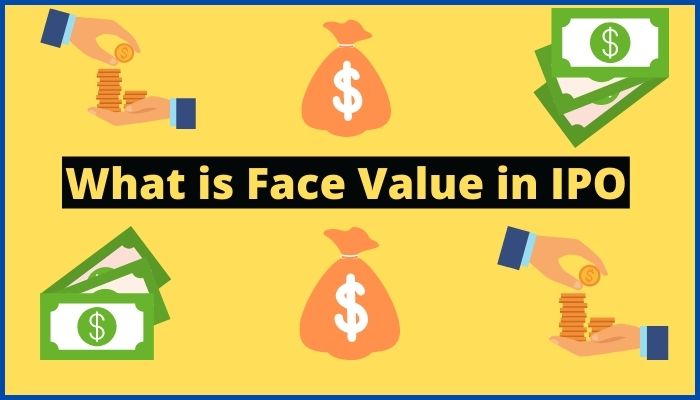Now a days in Indian stock exchanges, initial public offerings (IPOs) have been a frequent event. So it’s essential to learn even the minor specifics of an Initial public offering.
Although some words, such as IPO size, price band, and opening and closing dates, are well-understood. Whereas others terms like face value are puzzling. In this post we will explain what is face value in IPO?
Table of Contents
Introduction
The primary markets can provide fascinating observations into the health of the country. IPOs are an indirect measure of the economy’s resilience, as well as a means for businesses to collect funds.
With even the slow economic growth in 2021, the primary business activity are on peak. In 2021, the companies raised Rs 22,000 crore via IPOs in the first 3 months.
Now let’s first understand what is IPO? before we will head to face value of share.
Initial Public offering (IPO)

An initial public offering usually happens when a private entity sells shares to the public in order to raise capital via the financial markets with approval of SEBI.
A public offering is typically used by a corporation to collect money for development or to allow current shareholders to extract some of the value of their stock. The book-building process is the most popular IPO technique.
Bood-Building
Through the IPO cycle, the book-building approach evaluates the issue price by analysing the IPO demand. The organization declares a price band for the issue, and buyers put bids for a certain quantity of stocks at various price points using the book building process.
The ultimate issue price is calculated based on bids for the quantity of stocks at each price range. In the book building process, the subscribers information is updated regular.
Process of IPO
The firm announces a price band for stocks during an IPO using the book building process, but together with the price band and face value is also declared.
The floor price is at the bottom of the price range, while the ceiling price is at the top. The ultimate issue price is set higher than the floor price, but lower than or similar to the ceiling price.
Now we had understood the IPO and process. Let’s go though what is face value in IPO? Although the words floor price, ceiling price, and issue price are significant, why do businesses declare the face value of their stock?

What is face value in IPO?
The face value, also called as par value, is the fixed price of a specific stock set by the corporation when it decides to launch an Initial Public Offering (IPO).
Rs 1, Rs 2, Rs 5, Rs 10 and sometimes Rs 100 is the face value. The issue price, also known as the price band, is the face value of the stock plus a premium that the business plans to charge prospective investors.
The issue price is equal to the face value plus the premium. The premium is not set at random, but rather is determined by the corporation’s success metrics, such as revenue, earnings, and expansion.
Usage of Face Value
There have been IPOs where the price band was set around the face value of the shares, indicating that the business was looking for a small premium. The definition of face value is obvious, but what is the face value’s usefulness?
The share price of a corporation varies after it is listed, depending on market trends and the corporation’s results. The share price is market-dependent, but the face value is indeed not, which is why businesses report share splits using the face value.
Example of face value of share (Stock Split)
The stock price of firm Xyz has risen to Rs 10,000. It has a face value of Rs ten. Many Indian individual investors will be unable to afford to spend Rs 10,000 per stock.

The business could split the stocks into five to improve the volatility of the stock. The face value of the stocks will be Rs 2 after the division, and the pricing of the stocks will be Rs 2,000.
Example of face value of a share (dividend)
Similar manner, when a company declares a dividend, the face value is used instead of the share price. If a business has a face value of Rs 10 and a stock value of Rs 300, it will pay a dividend equal to 200% of the face value, therefore Rs 20 per share.
Difference in face value vs ipo price, and Book Value
The face value of a stock is a predetermined price, set by the company and then performed in line with an IPO.
A firm’s face value remains constant and untouched by market conditions.
The market value, on the other side, refers to the price at which the share is being traded on the stock exchange.
The current price of the stock fluctuates according to developments in government policy, macroeconomic situations, and foreign events.
The net worth of a corporation, as stated in its books, is referred to as book value. It refers to the value that all of the firm’s investors will get when the firm sells its assets and pays off all of its liabilities and debts.
Conclusion
The face value is specified in many business announcements. So it is become important for individuals to understand what is face value in IPO?
This is all from our side about face value stock market, Let is know in the comment section if anything else we can help you with.
Other Related Blogs to what is face value of share?
FAQ
Full form of IPO?
Full form of IPO is Initial public offering.
What is the minimum face value of a share?
Minimum face Value of a share is 1.
What is the maximum face value of a share?
Maximum face value can be any price decided by the management. There is not maximum face value fixed by Sebi.
What is price band in IPO?
The bottom and top limits of the stock price within which the business will go public are referred to as a price band.
Which value is considered for Stock Split ?
The Face value of stock is considered for stock split.


